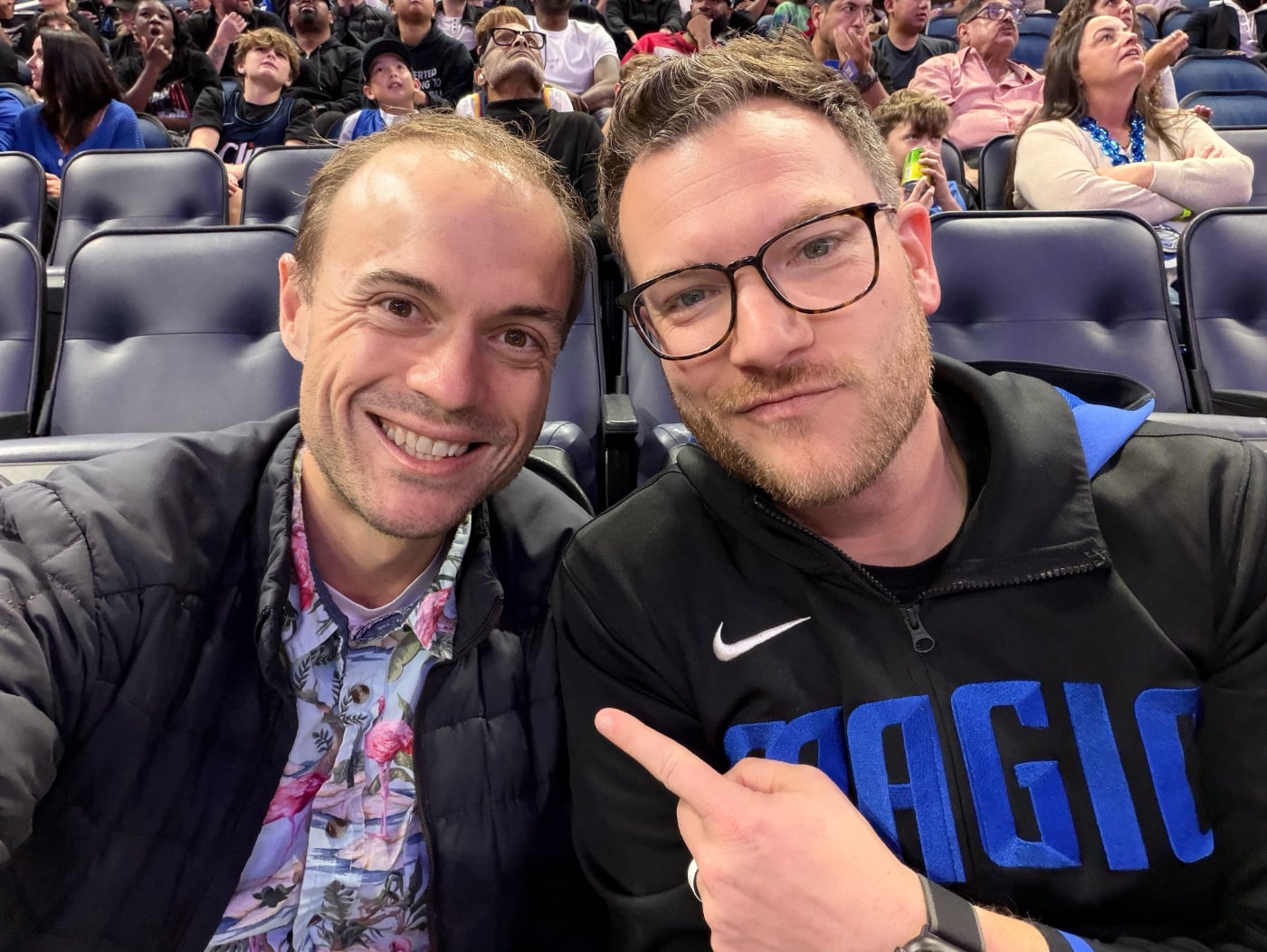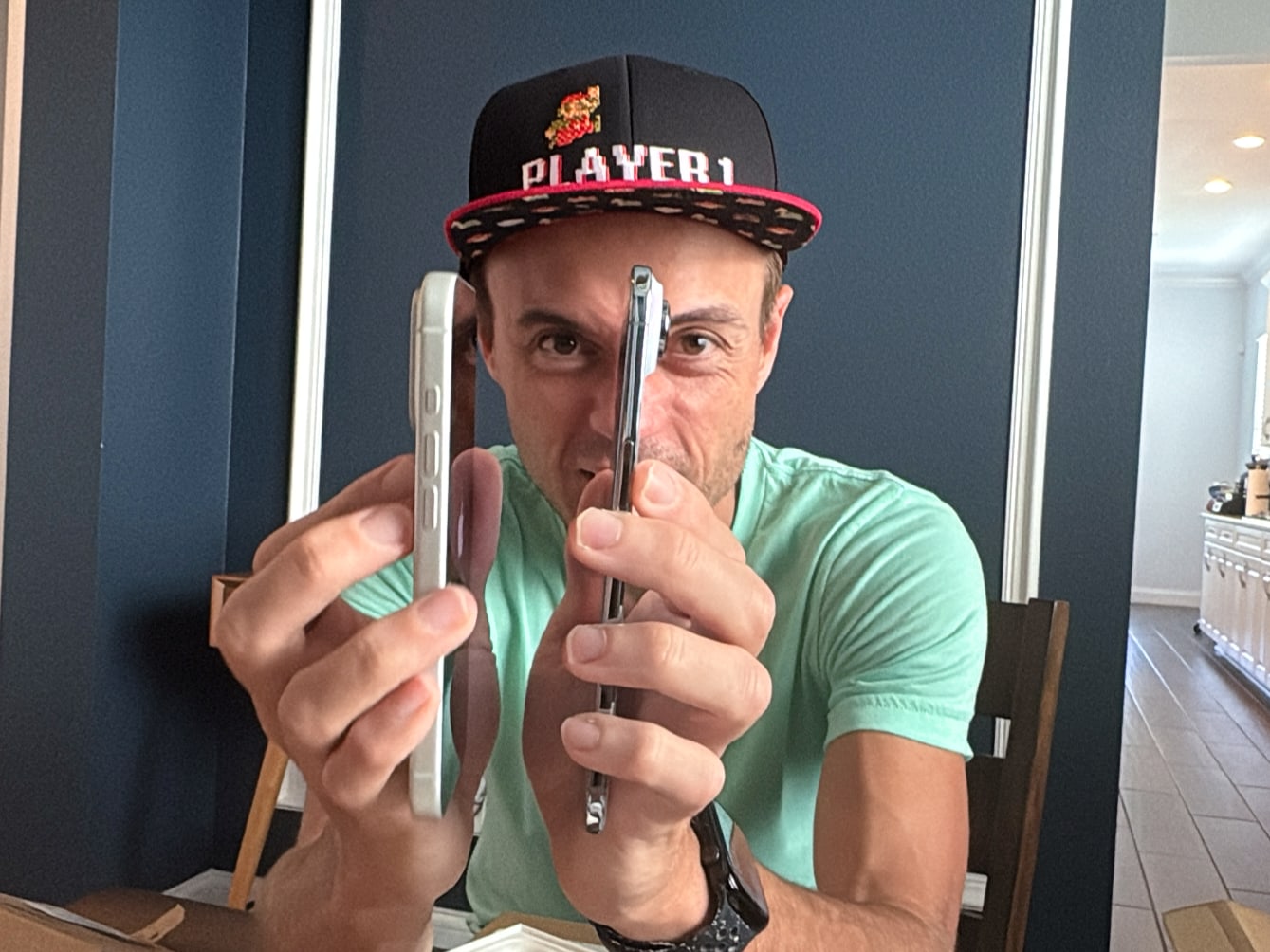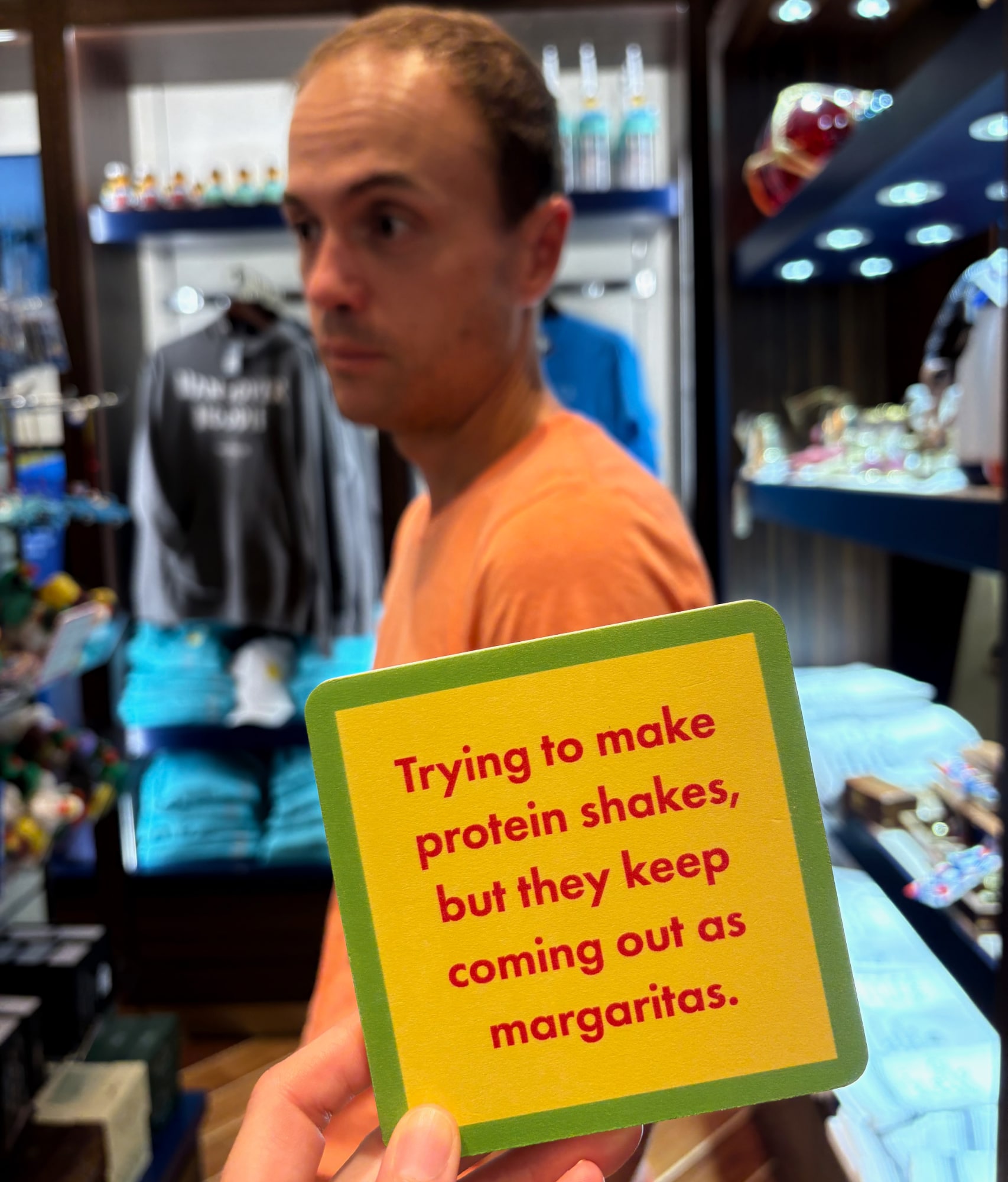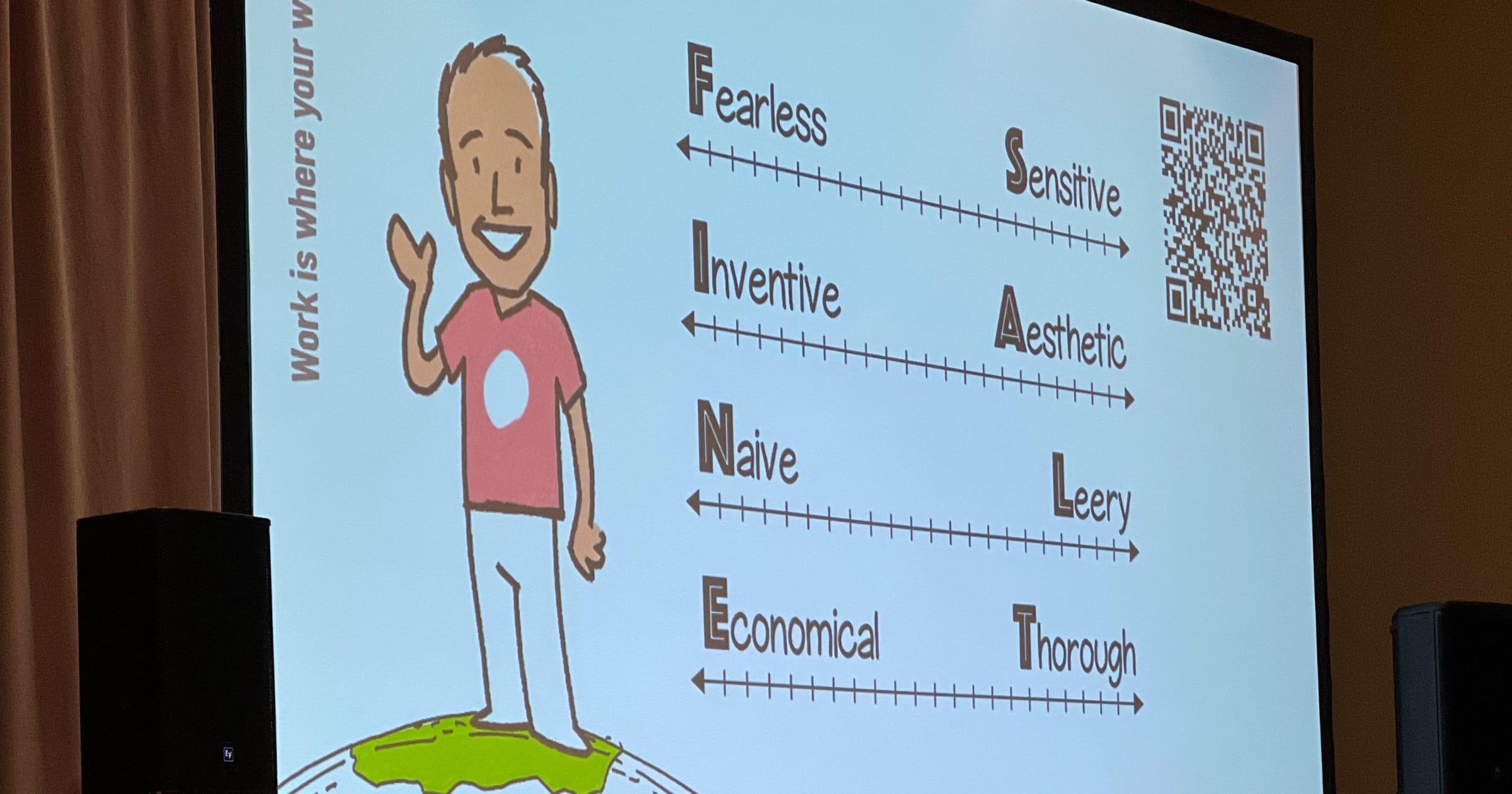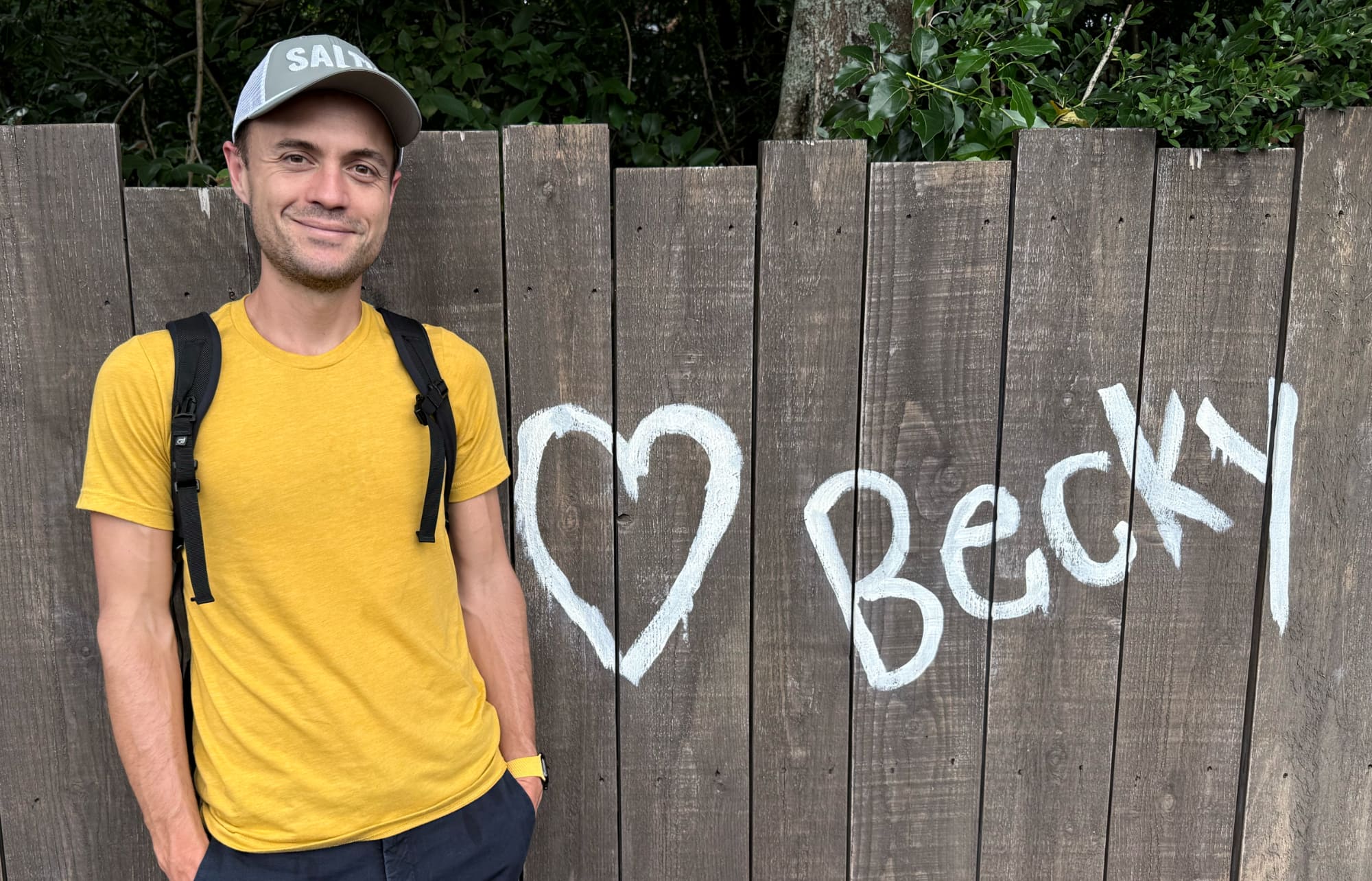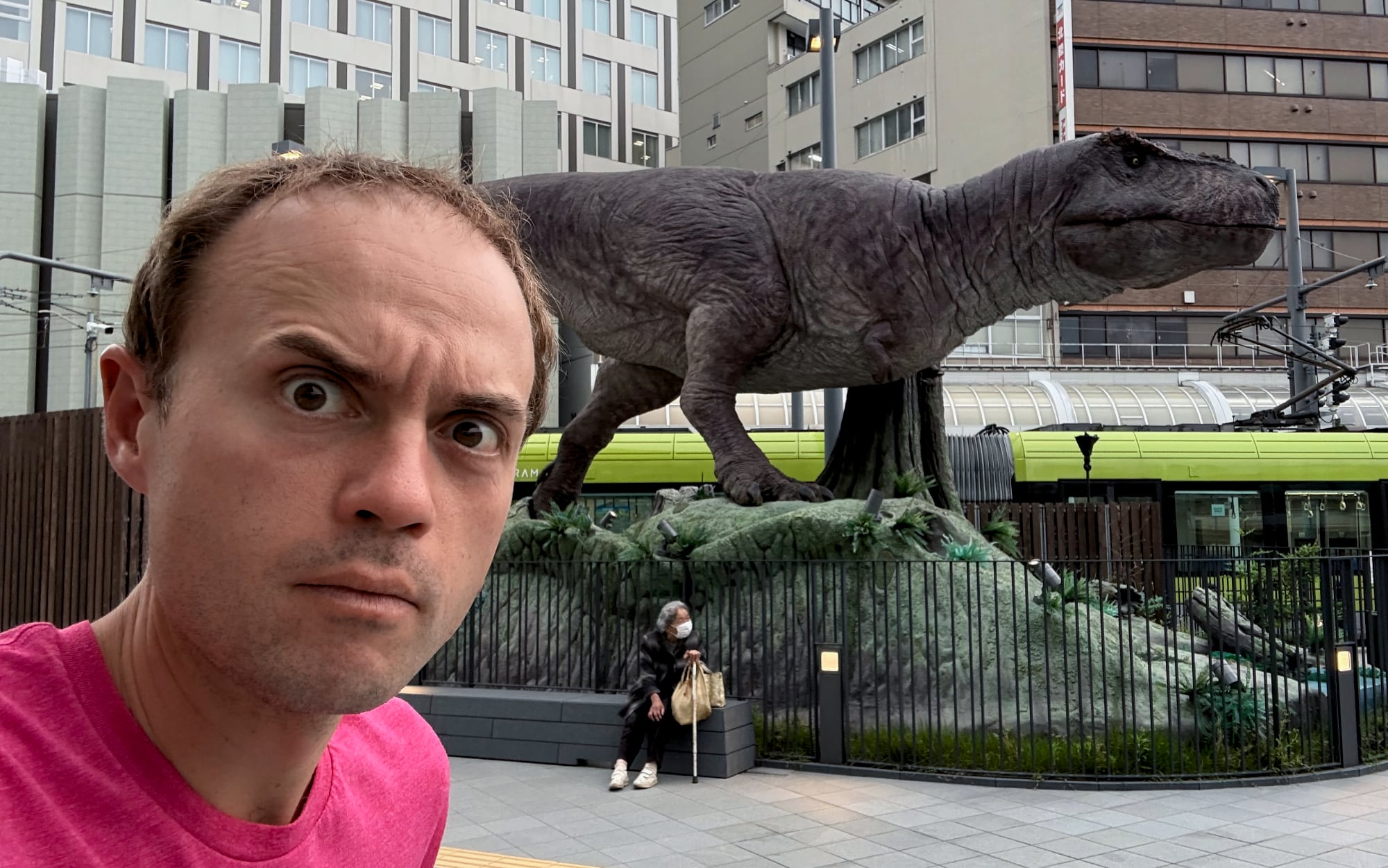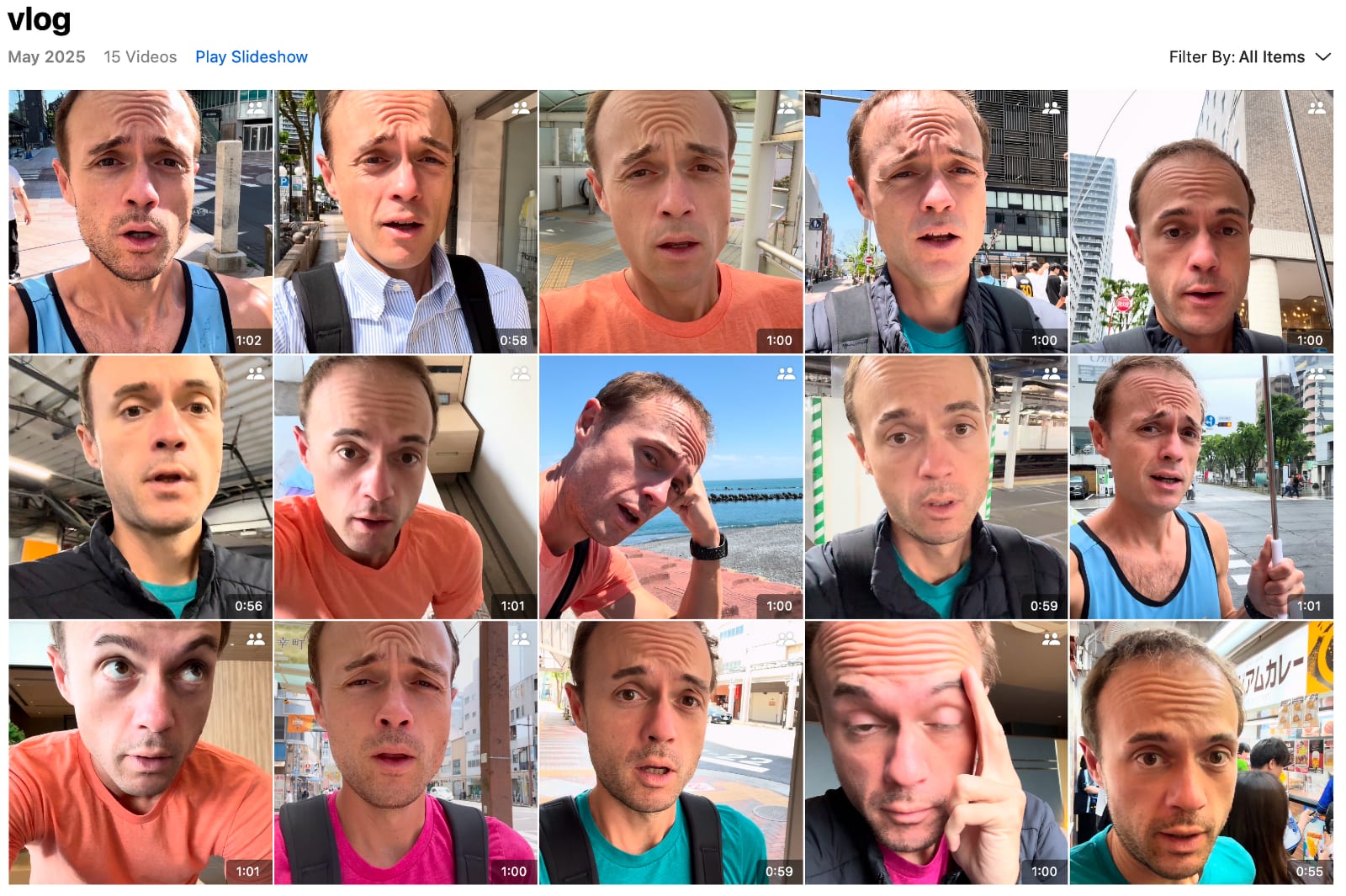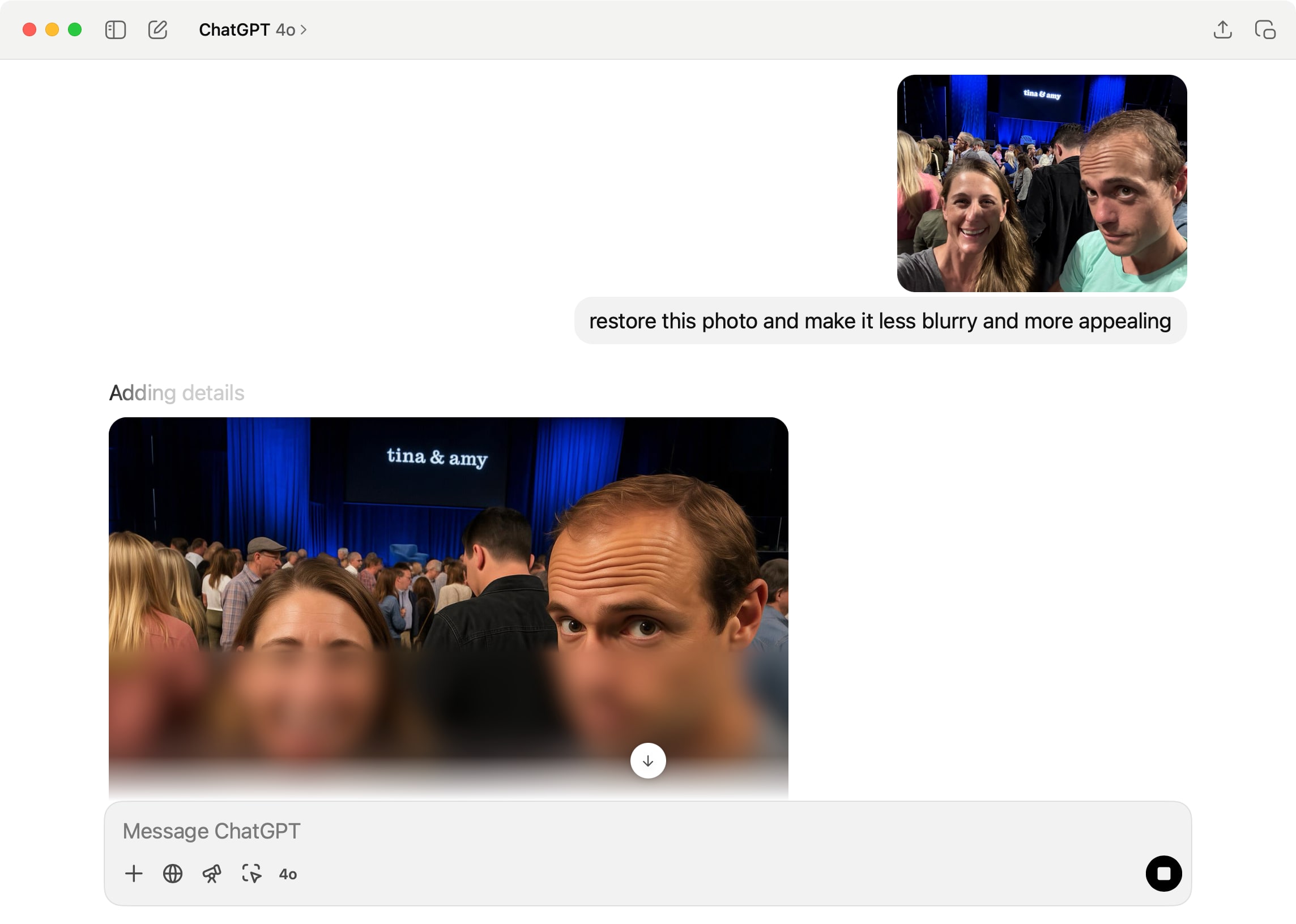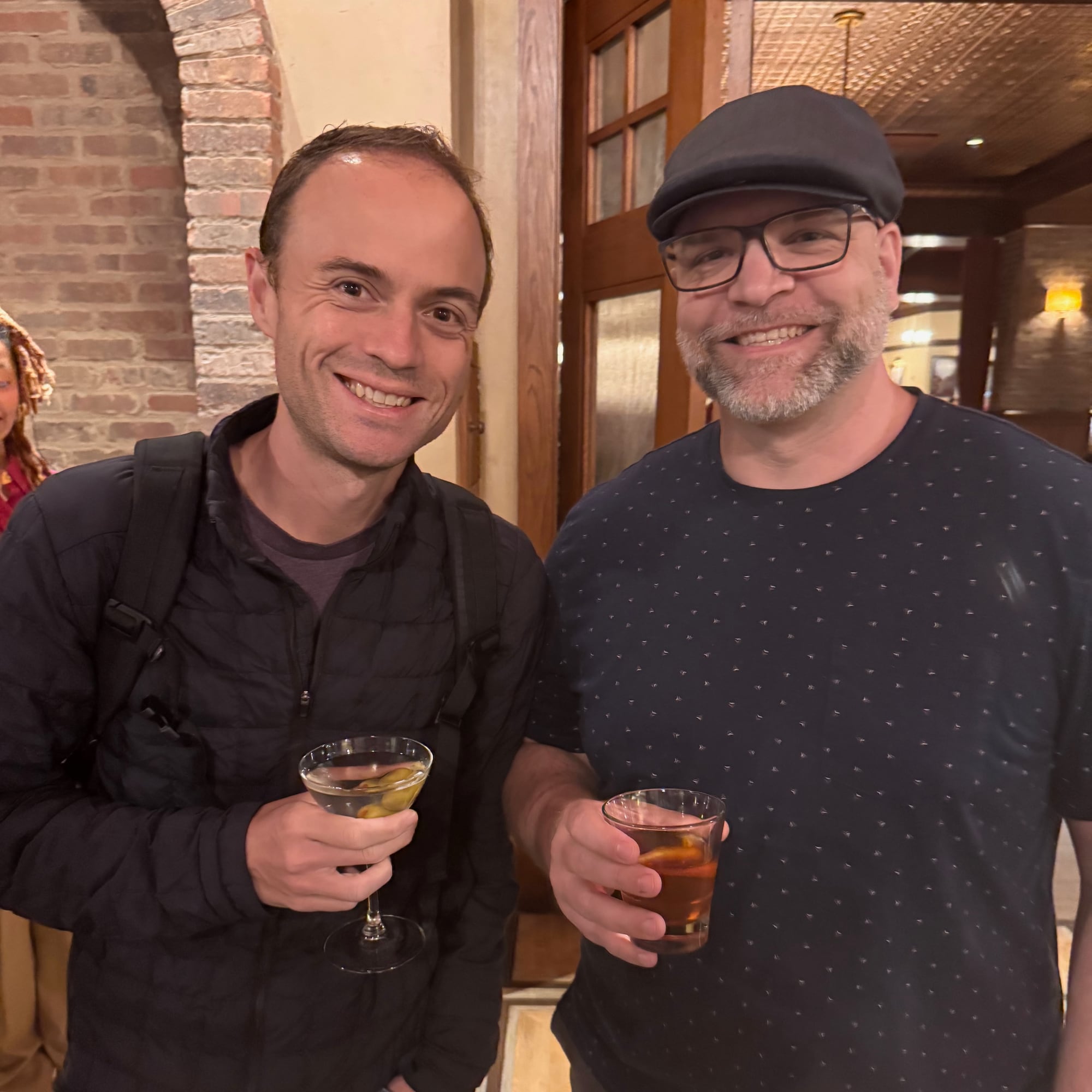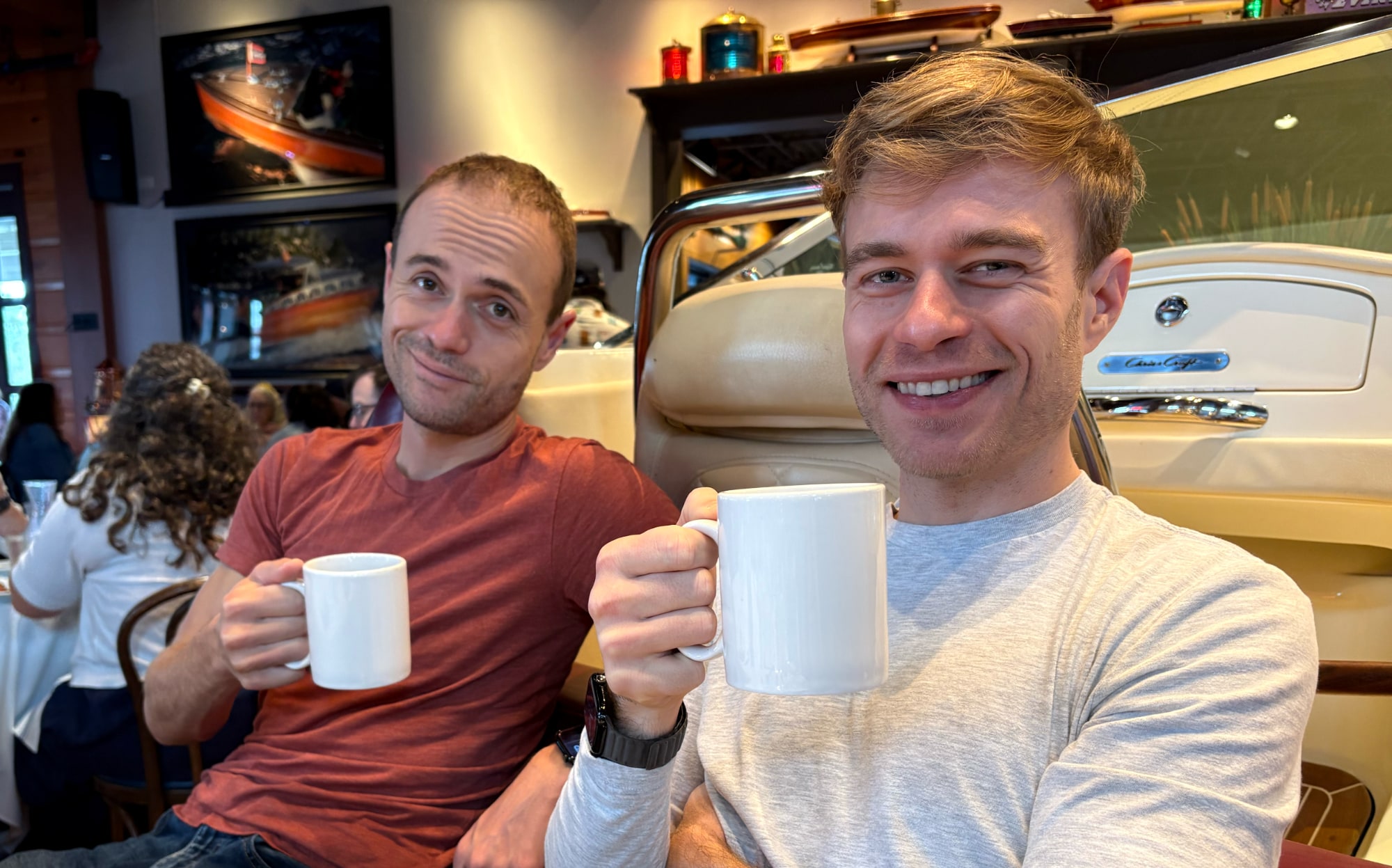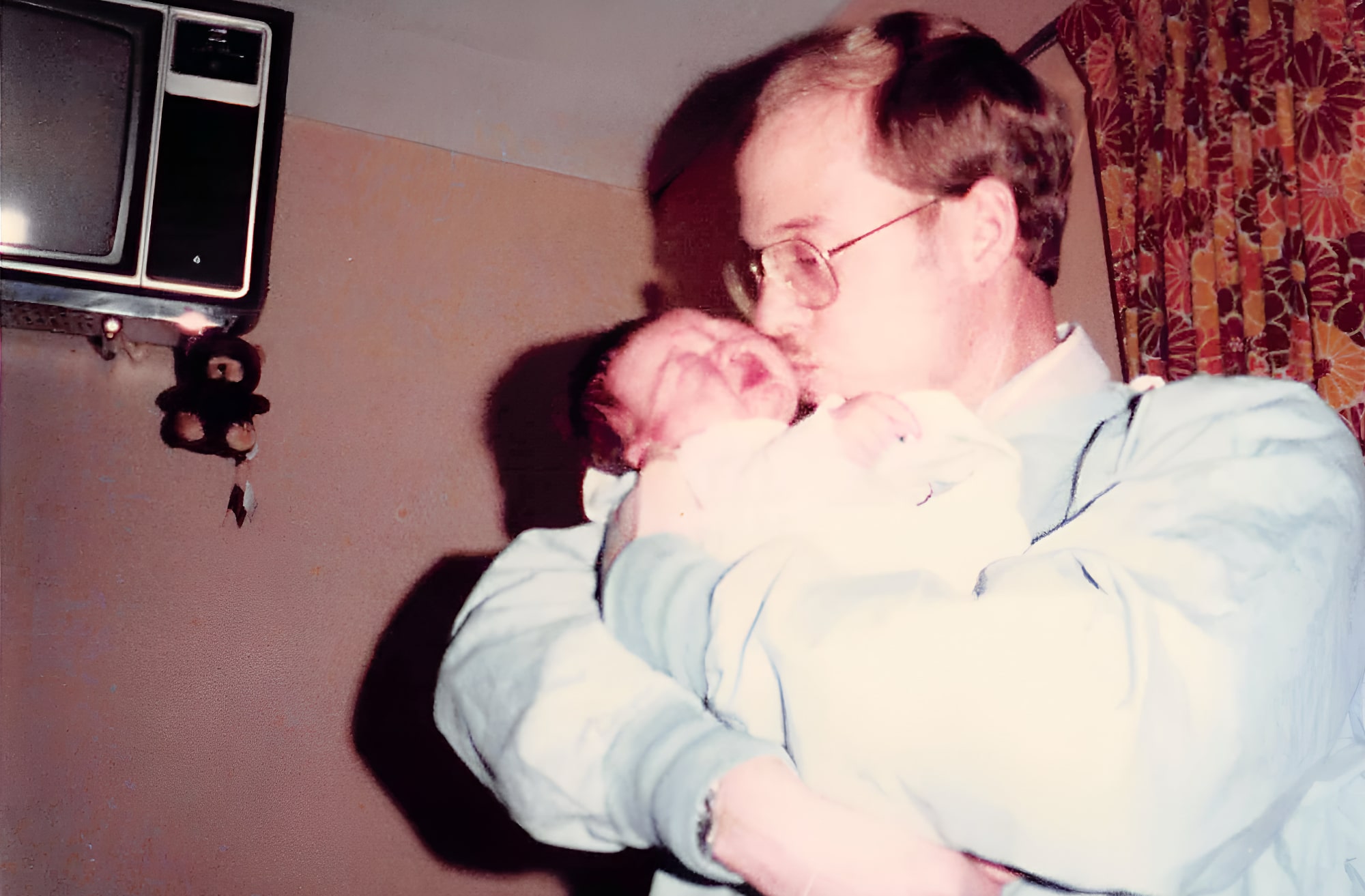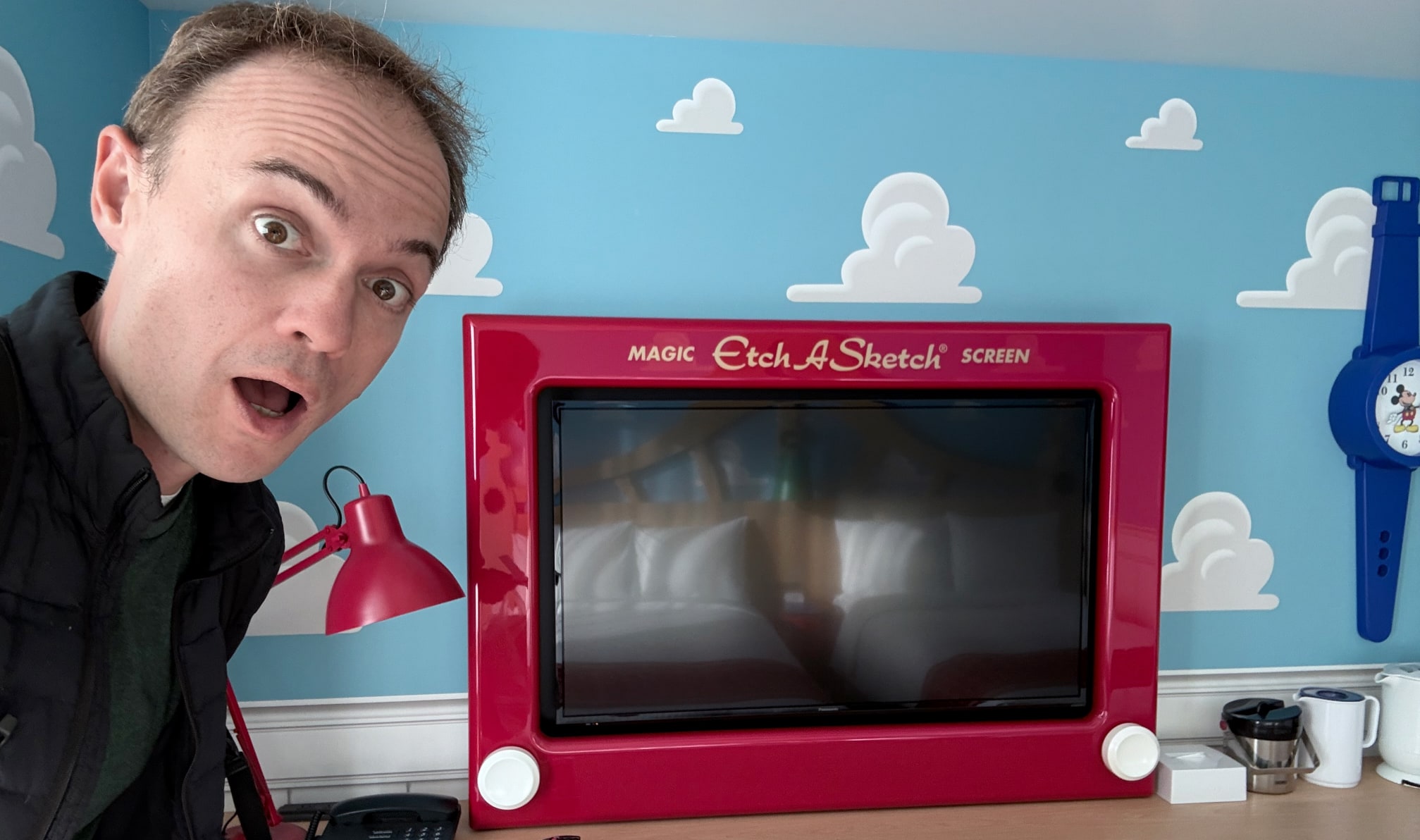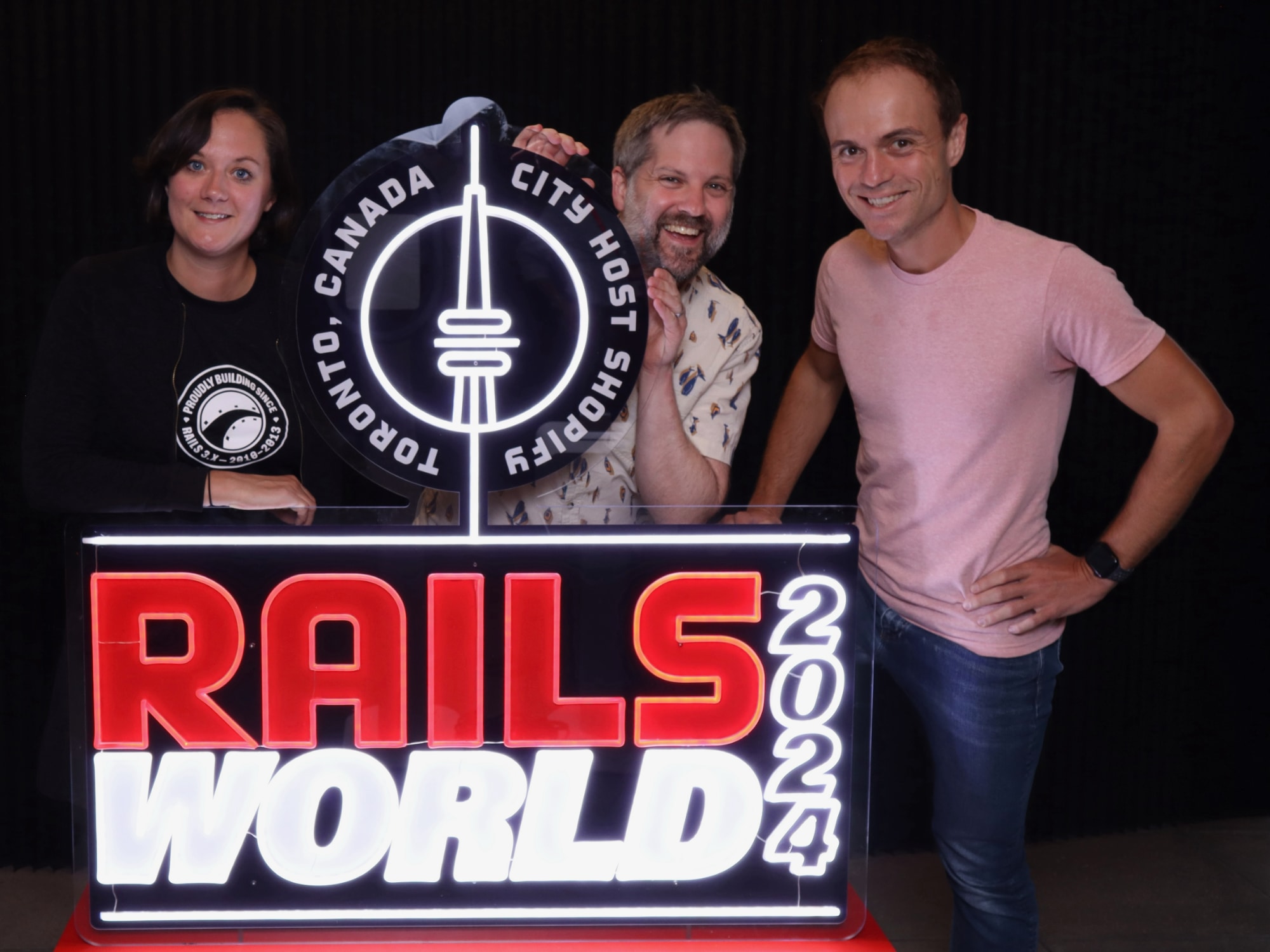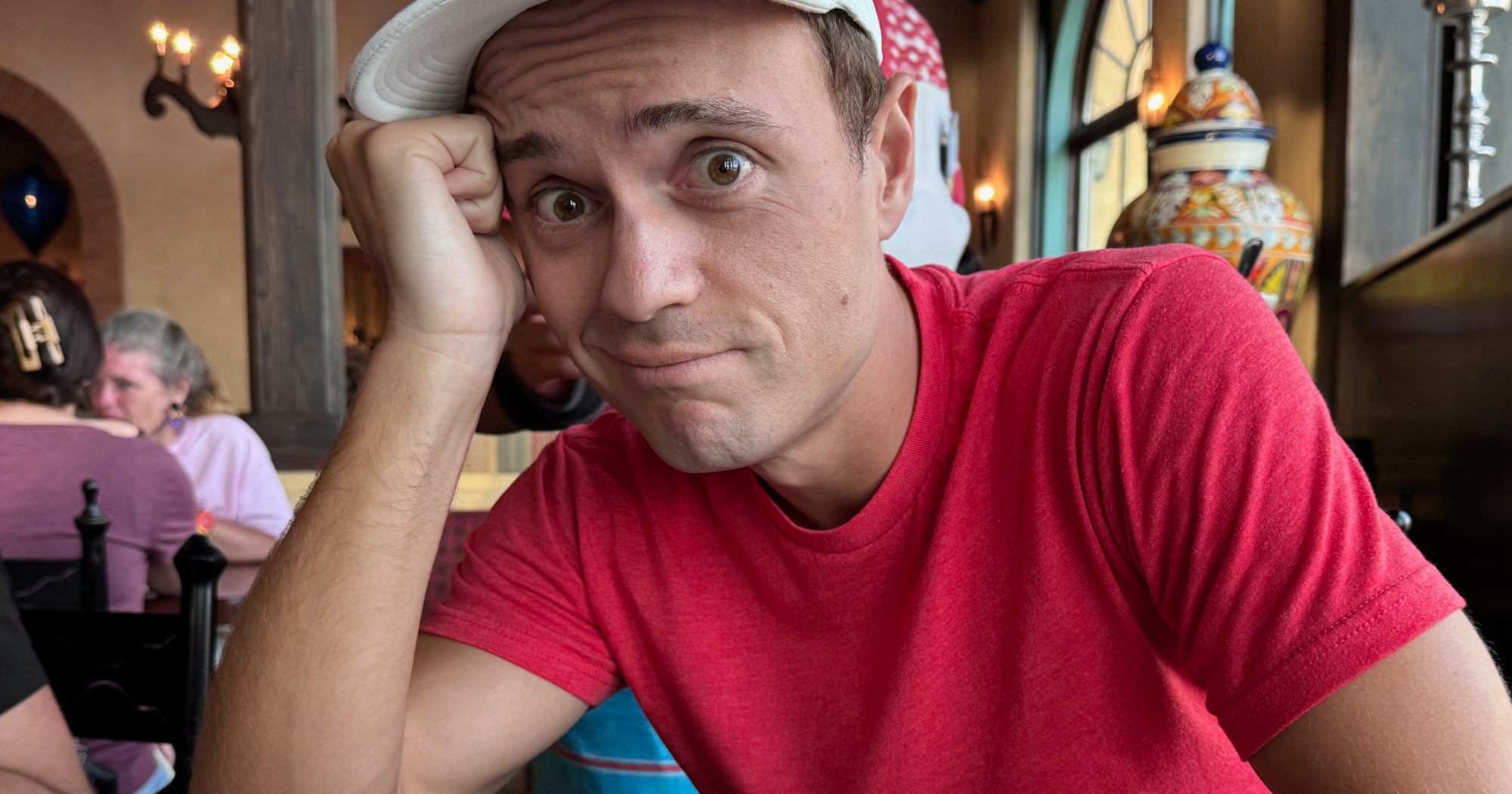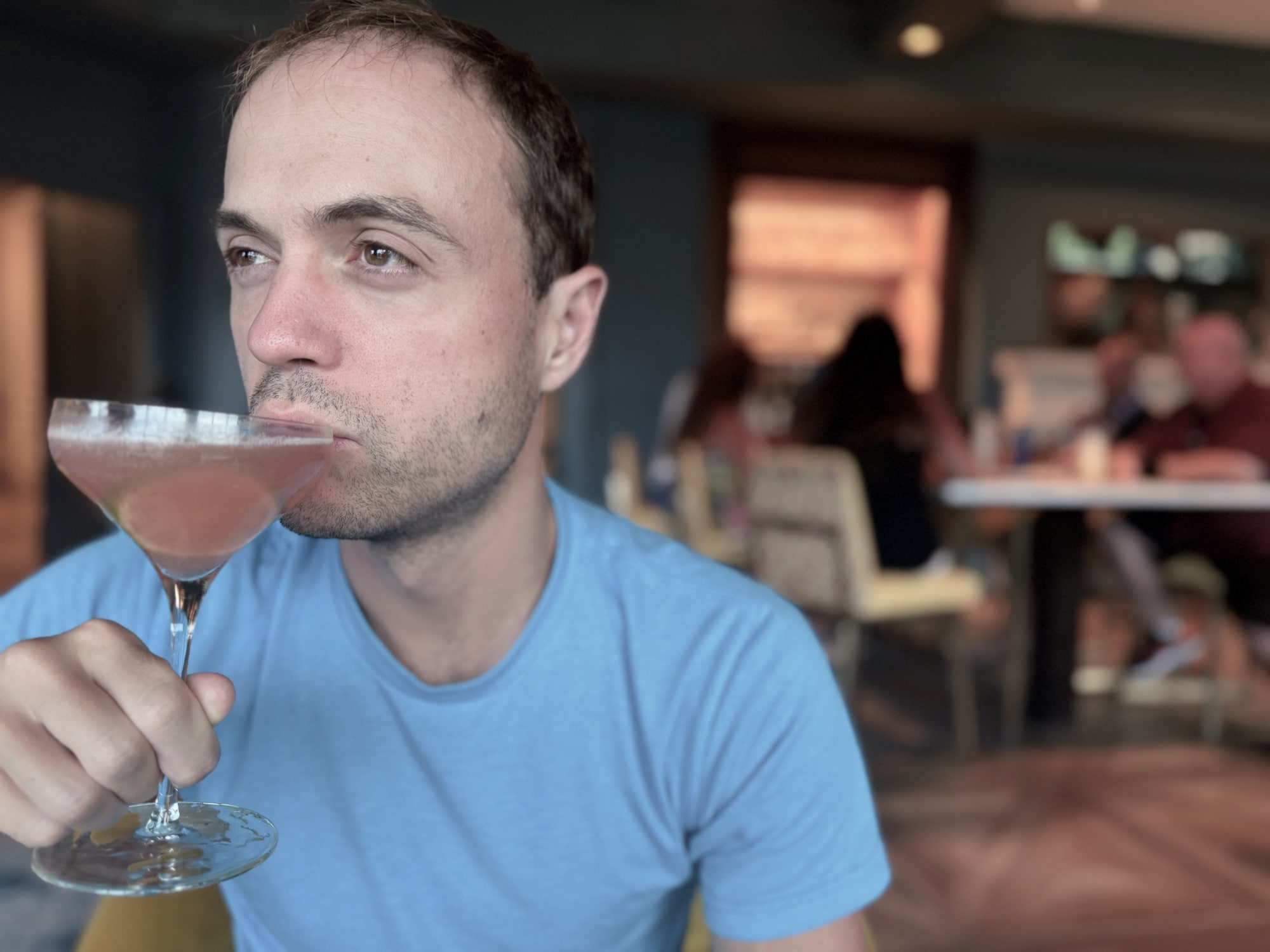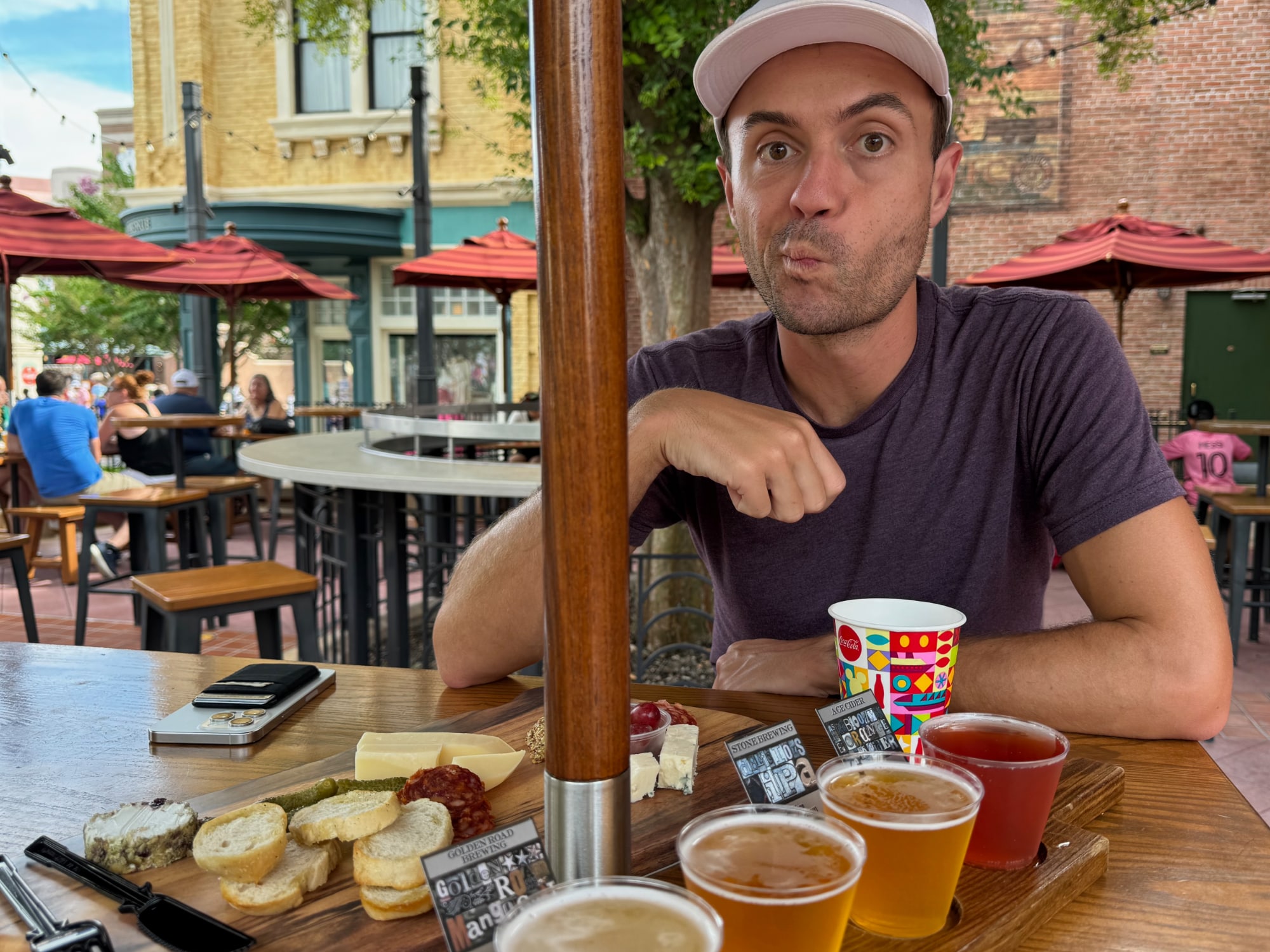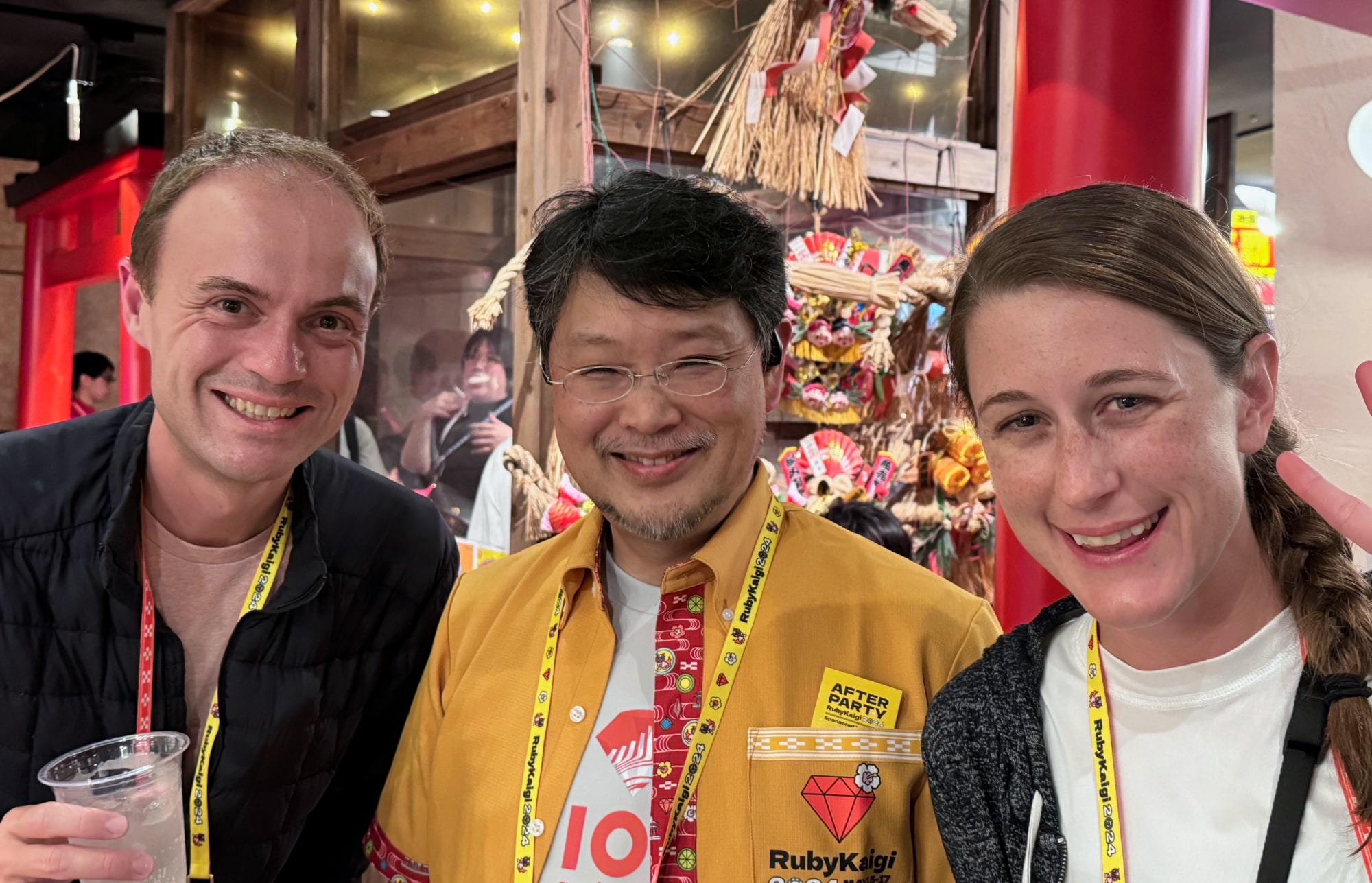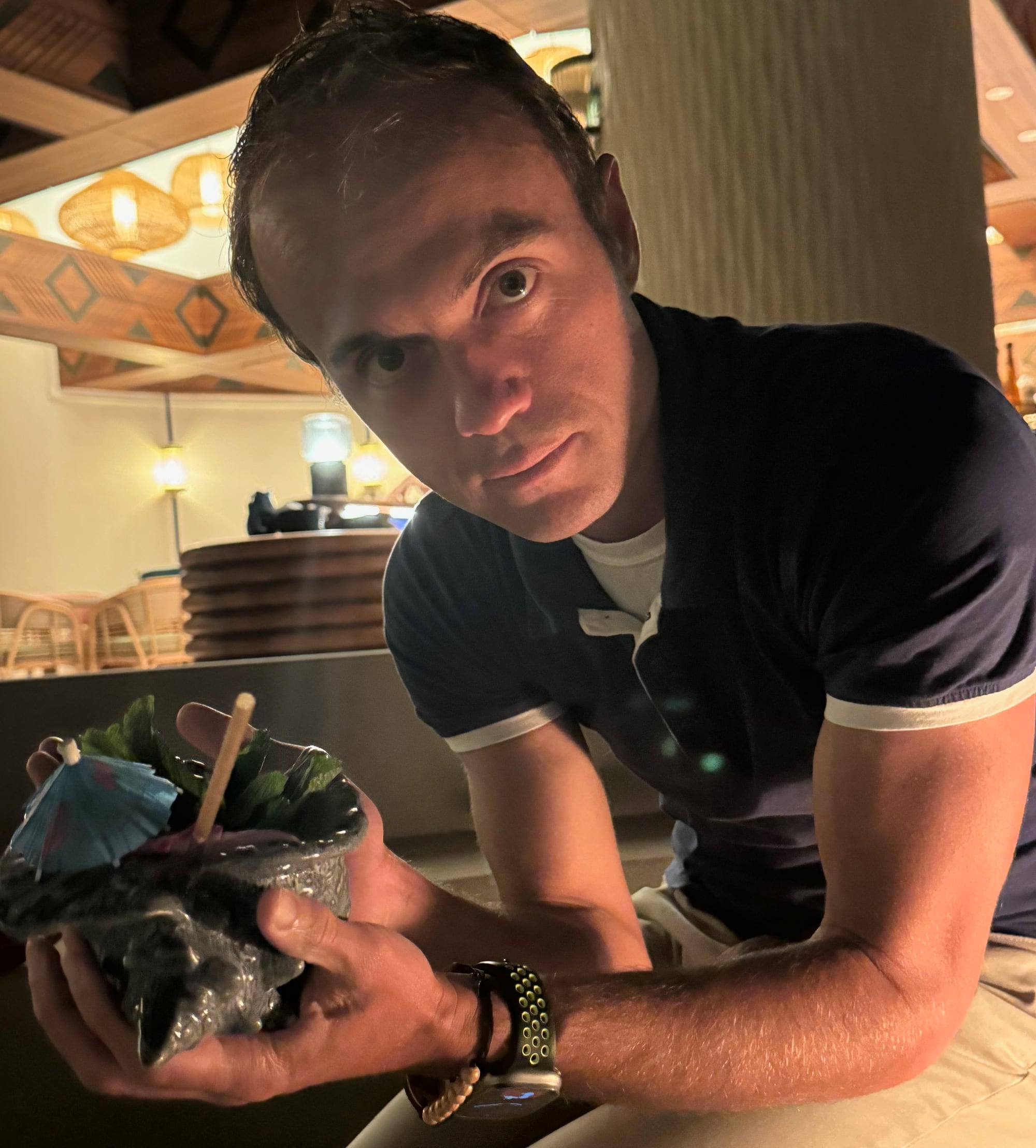Searls of Wisdom for November 2025
Hey everybody, we've almost survived another year! Just ten days to go—I hope we all make it!
Looking back on the home stretch of 2025, this is all I have to report since our last issue:
- I built a sexy new gaming PC over 3 days, 120 teeny-tiny M3 screws, and at least ten cups of coffee
- I got my first nose job. I've always had a huge fucking nose, and I'm relieved to finally be able to breathe out of it
- I talked about both of the above on my podcast
- I'm so sick of bracing for the AI bubble to pop, that I've decided to look forward to it instead. Buy popcorn futures, everyone 🍿
- I released POSSE Party, which I'll talk a bit more about later. Also these bits:
- I spent a couple days documenting the hell that is other people's API keys.
- I recorded a tutorial video in 1, 5, 10, 15, and 20 minute variations. It's a Choose-your-own-attention-span adventure.
- The first stop on my promotional tour was Aaron's livestream for a tour of the codebase, which you can peruse on GitHub
The day of my surgery, Becky insisted on taking a picture of me after I was told to put on a hairnet but before the drugs kicked in. I was very anxious going into the operation and she was very supportive throughout.

As 2025 winds down, the Searls of Wisdom LT (which stands for "Leadership Team", an acronym I'll be using from now on to amortize the time it took to write this parenthetical) has decided to evolve how it approaches our monthly newsletter operations. Change is hard for many of us, so in lieu of a normal essay about how my feelings inspired certain thoughts that led to valuable insights, I'm just going to explain what you can expect from this newsletter going forward before wishing you better luck next year and sending you on your way.
Merry Divestmas
Some time in June, my brother called me from the U.S. while I was riding a Shinkansen bullet train, at which point I realized I'd never actually taken a call while moving faster than 150 mph before. I remember a certain unease—unsure what the proper etiquette was—so I stepped into the hall between train cars to take it.
